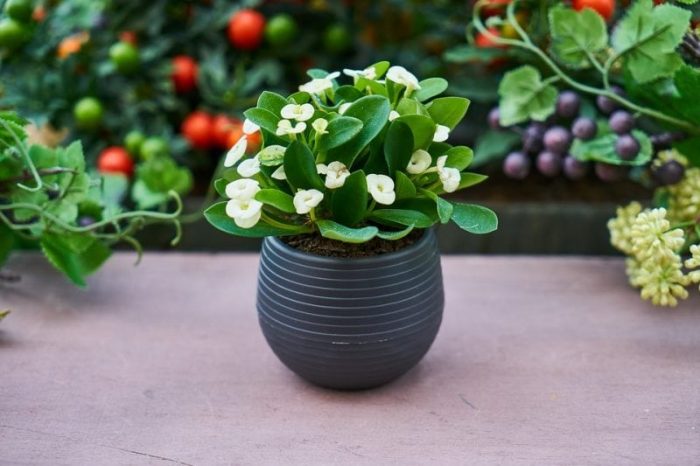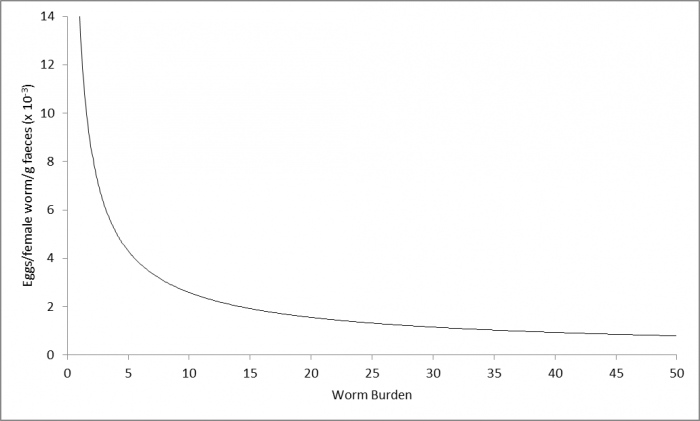
An independent variable is a variable that can be changed or modified in a scientific experiment. This is done to test the dependent variable by modifying the independent variable. An example of an independent variable is the height you drop an egg from to see if it will break.
Do you know why an independent variable is so important to science? Let’s say you’re a scientist doing an experiment. You want to learn how two variables, items or concepts, are related to one another. How would you go about determining if the two variables have a relationship? You would use an independent variable and a dependent variable.
“The true method of knowledge is experiment.” — William Blake
Using an independent variable allows you to compare how adjusting one item or object impacts another item or object. Without both independent and dependent variables, you would have nothing to compare to one another, and you wouldn’t be able to draw any conclusions from your experiments.
Let’s take a closer look at both independent and dependent variables, and discuss why they are so important in the scientific method. We’ll also look at some examples of each.
Definitions of an Independent Variable
The independent variable is the thing that the scientist adjusts during the course of the experiment. The dependent variable is the variable that is dependent upon the independent variable, it is the thing that is impacted or affected by changes to the independent variable.
There may actually be more than one independent variable in an experiment. Though if a scientist is working with more than one independent variable, they should have some system of teasing the effects of these different variables apart. If there were only one dependent variable and many independent variables, it would be difficult to discern which variable was the presumed cause of the change in the dependent variable.
This has been fairly theoretical thus far sought, so let’s take a look at some concrete examples.

Photo: Engin_Akyurt via Pixabay
Examples of Independent Variables
Let’s say you want to know whether or not a house plant would grow better when given slightly acidic water or slightly basic water. In this instance, the type of water you are watering the plants with is the independent variable. It is the presumed cause of the changes in the plant’s rate of growth, and a change in the plant’s growth rate won’t impact the chemical makeup of the water. The relationship between the independent variable and the dependent variable is not two-way, hence the water being the independent variable.
Here’s another example, if a scientist was examining how moths behaved under different levels of light, they would adjust the amount of light in a test chamber and see how the behavior of the moths changed. The independent variable in this instance would be the amount of light within the test chamber, while the behavior of the moth would be the dependent variable.
“All life is an experiment. The more experiments you make, the better.” — Ralph Waldo Emerson
Or let’s say you wanted to know if stress levels influenced a person’s attention span. Your independent variable would be stress, while your dependent variable would be attention span/recall. You might choose to subject your test subjects to various levels of psychological stress while they try to focus on or remember a series of items.
An example of an experiment with more than one independent variable might be researching the impact of a drug on patients. Researchers may want to run one clinical trial to determine the effect of things like gender, diet, or height on the effects of the drug. The effects of the drug would be the dependent variable while the height, gender, or diet of the test subjects would be independent variables. Such experiments with multiple independent variables must have factorial designs, which can account for the different independent variables.
Determining The Independent Variable
Because the independent variable and dependent variable are so similar in name, it is understandable if you get them confused. Here are some questions you can ask to determine if a variable in an experiment is a dependent or independent variable.
Ask what happens when you change a variable. If you were to study how different fertilizers impacted the growth rate of plants, which variable would be the independent variable? You’ll know which variable is the independent variable if changing it wouldn’t affect the other variable. Changing the fertilizer type may impact the growth rate, so it’s the independent variable. You might be tempted to label another variable like sunlight exposure or length of time as the independent variable, but your hypothesis (which you should have created at the beginning of the experiment) will help you remember which variable you are interested in investigating.
The independent variable presumably has some sort of causal relationship with the dependent variable. So you can write out a sentence that reflects the presumed cause and effect in your hypothesis. The sentence probably won’t make sense if you’ve labeled the variables incorrectly.
Control Variables
“With experimentation comes surprise and discovery.” — Kim Lee Kho
It’s also important to have a control variable, or experimental control group. The control variable is the variable that isn’t adjusted or manipulated in any fashion. It’s important to have a control variable because it gives the experiment a baseline to be compared against. Having a baseline is necessary because there can be a number of different factors that the experimenter hasn’t accounted for, but are still influencing the outcome of the experiment.
A common example of experimental control is a placebo, or sugar pill, used in clinical drug trials. Participants are usually divided into two different groups, an experimental group, and a control group. The experimental group is given the drug to be tested, while the control group is given a non-functional placebo pill. This helps ensure that it is actually the pill itself causing a change, rather than another factor.
Graphing A Dependent Variable

In this instance, the worm burden (of parasites) is the independent variable and egg production rates the dependent variable. Photo: CC0, https://en.wikipedia.org/w/index.php?curid=35169706
In general, when making a graph of your data, you want to put the dependent variable on the y-axis and the independent variable on the x-axis. There’s an acronym designed to help you remember which variable goes on which axis: DRY MIX.
- (The) Dependent Variable
- Responds to Change
- (and it goes on the) Y-axis
- (The) Manipulated variable
- (is the) Independent Variable
- (and it goes on the) X-axis
In the end, it’s important to choose your independent variable, because without defining what your independent variable is you can’t research the correlations between it and the dependent variable.








